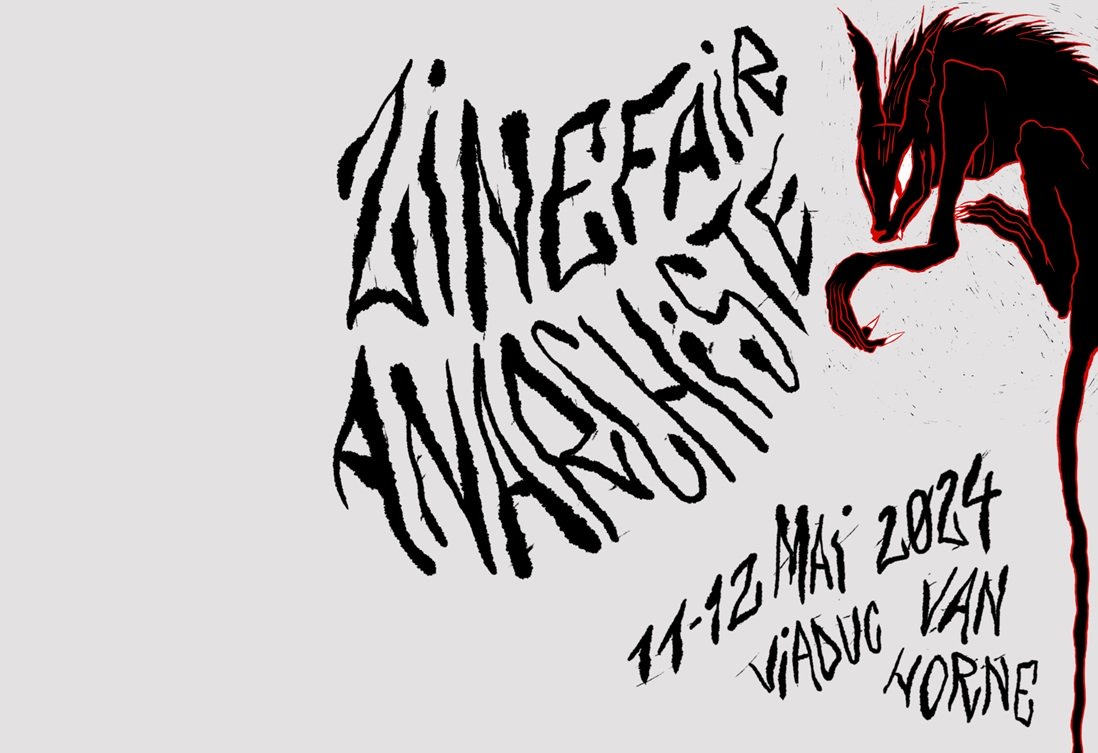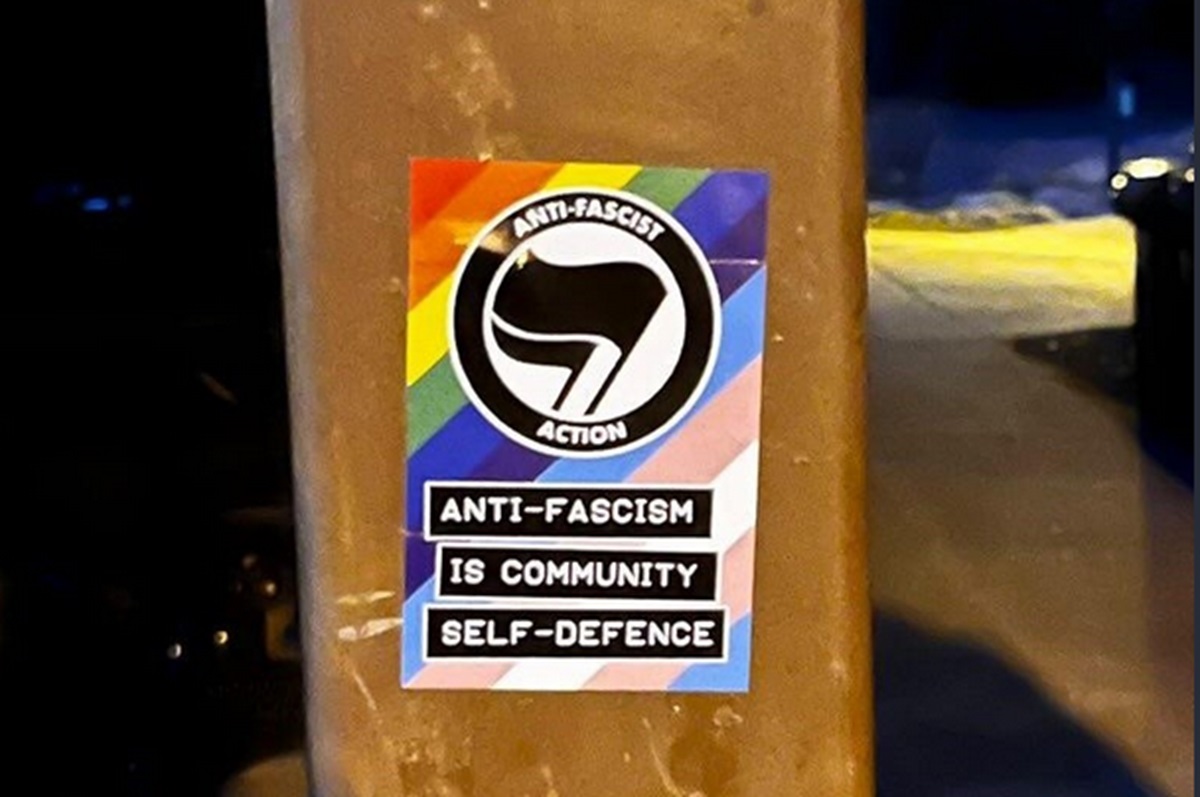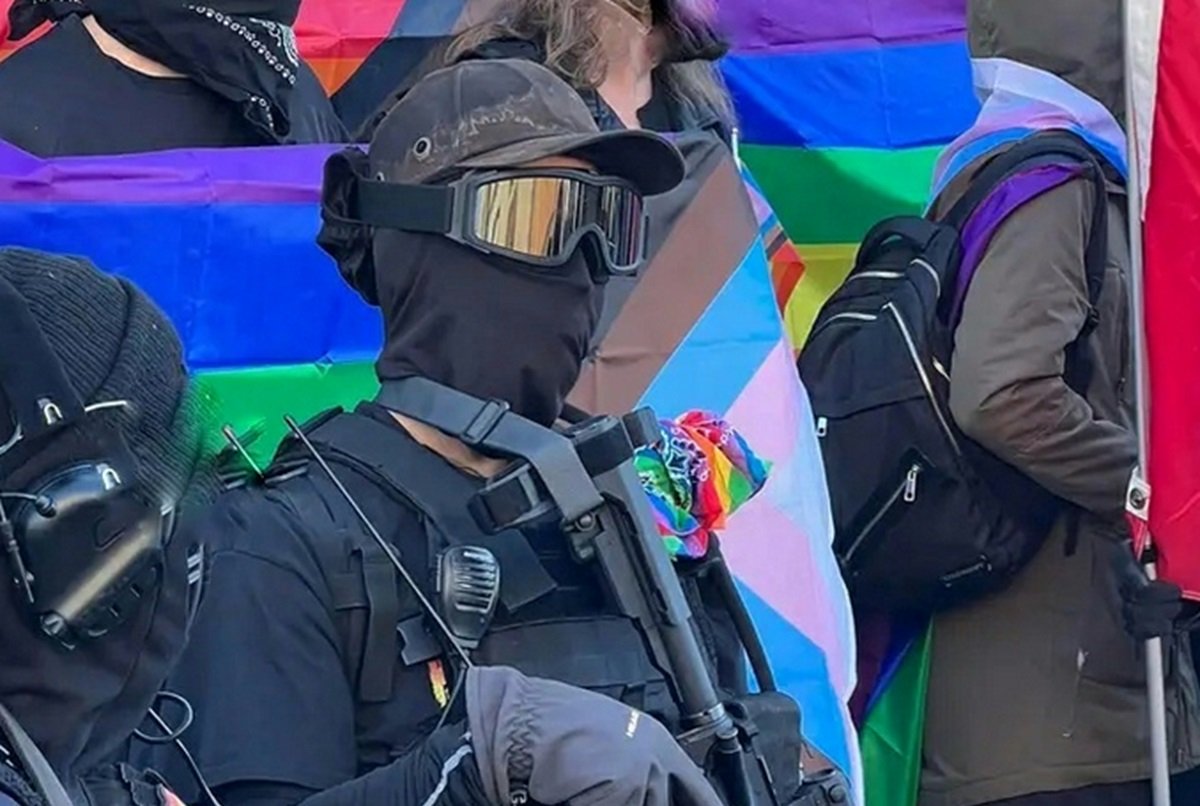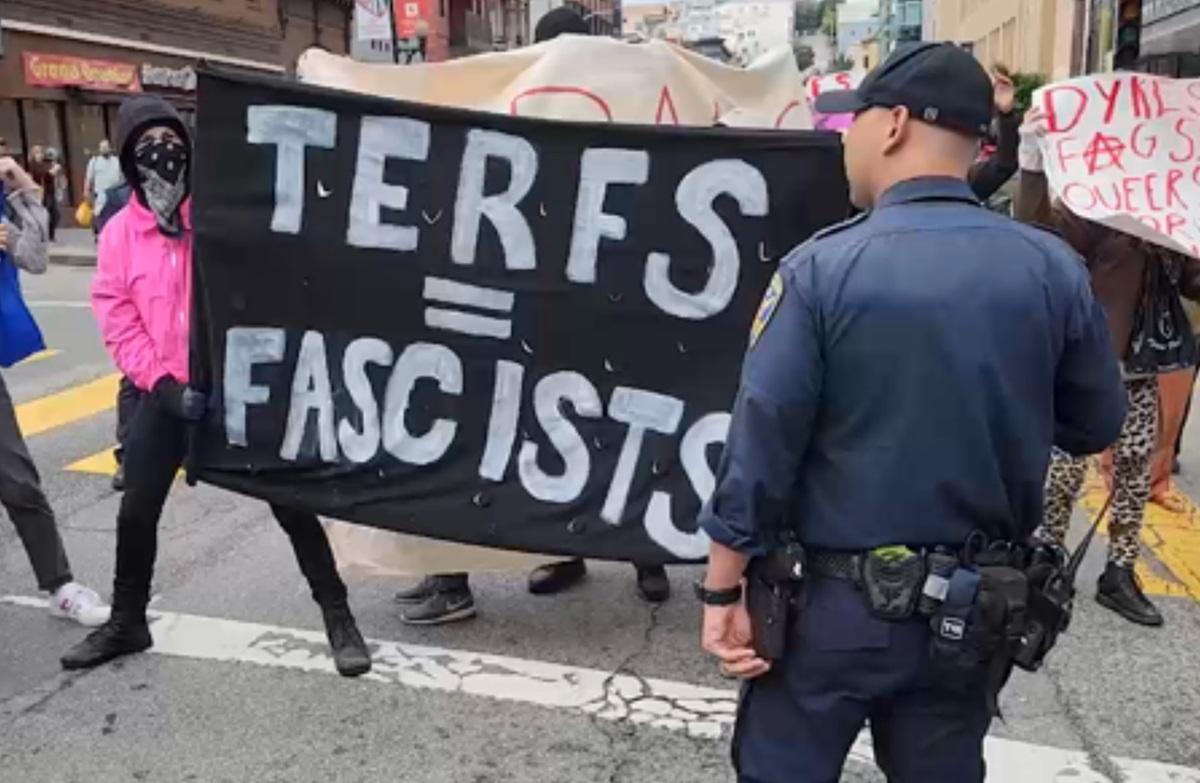Filed under: Analysis, Anti-fascist, Featured, Interviews, Repression, The State, US
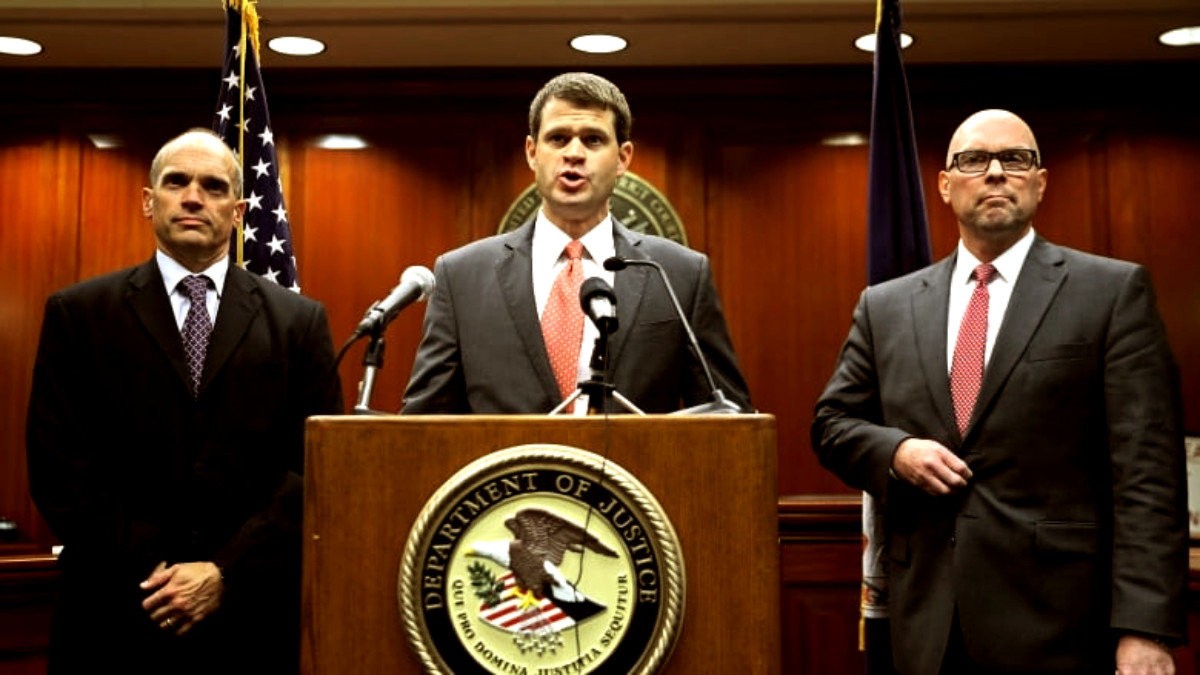
We’re no strangers to courtrooms, felony charges, and police harassment. But what about when it’s happening to our enemies? What happens when those charges don’t stick? We reached out to one of our legal correspondents to discuss the recent news of the Rise Above Movement, a neo-Nazi group in Southern California, getting let off recently from charges of violating the federal Riot Act to find out what this means for us, them, and the State.
IGD: Why did the State choose to prosecute RAM in the first place?
It was pretty clear the State had to do something to not look any more complicit than they already did in what happened in Charlottesville. There was a huge amount of anger and sense of “how did they let this happen?” coming from a lot of directions. Trump’s “both sides” comments even indicated a level of support. I think the ProPublica expose was the last straw, by showing how relatively easy it was to identify specific people who had taken specific actions.
“For us, the main impact is that one of the tools the State could potentially use against our movements took a very significant hit, which is always good news.”
RAM made a pretty easy target too. ProPublica had done most of the leg work. Most of the evidence cited in the arrest affidavit was publicly available social media posts and videos. All the FBI really did was subpoena some financial records to prove up some of the time line and overt acts they were alleging, and then give it to a judge to sign.
It’s also at least arguable that they were looking to test out the Anti-Riot Act to see how it would hold up. The Anti-Riot Act is incredibly broad and covers a lot of conduct, which eases the evidentiary burden on the prosecution, but it’s also rarely used and relatively untested from a legal standpoint. If it works out in a case like this, where the defendants are pretty reprehensible, they can expand the use to more and more situations.
IGD: What were the charges they were facing?
The RAM members were charged with violating the federal Anti-Riot Act, 18 USC 2101, by traveling interstate or using facilities of interstate commerce with intent to riot, and also conspiring to violate the federal Anti-Riot Act.
It’s important to note that this is different than the Washington D.C. riot statute that J20 protesters were charged with violating, and also different than the federal Civil Disorder statute that several Water Protectors were charged with at Standing Rock.
To provide a paraphrased summary, the federal Anti-Riot Act makes it a felony to travel between states or use any facility of interstate or commerce (for example, the mail, telephone, radio, or internet) with intent—
(1) to incite a riot; or
(2) to organize, promote, encourage, participate in, or carry on a riot; or
(3) to commit any act of violence in furtherance of a riot; or
(4) to aid or abet any person in inciting or participating in or carrying on a riot or committing any act of violence in furtherance of a riot.
The term “riot” means a public disturbance involving (1) an act of violence by someone who is part of an assembly of three or more persons, and which constitute a clear and present danger of damage or injury to the person or property of any other person; or (2) a threat of the commission of such acts of violence with the ability of immediate execution of such threats.
This is obviously extremely broad, and when you include a conspiracy to violate the Anti-Riot Act (a conspiracy simply being the intent and agreement to violate the law and some overt act in furtherance of the conspiracy), it gets even broader.
IGD: What is the significance of the riot charge? Has it been used against anarchists, antifascists, and autonomous movements in the past?
The Anti-Riot Act, like many similar statutes, was passed in the late 1960s in response to the growing anti-war and Black freedom movements. But it’s hardly been used since then. The most famous case was the Chicago 7 trial after the protests against the 1968 DNC in Chicago. All seven defendants were convicted, but the convictions were overturned on appeal for reasons unrelated to the Anti-Riot Act, so the Anti-Riot Act was never actually interpreted by the appeals court.
The only time I’m aware of it popping up recently for our movements was in 2009, after the G20 protests in Pittsburgh. The police and FBI raided the house of two organizers who had been provided communications support to the G20 protests, largely via Twitter. The search warrant for the raid cited possible violations of the Anti-Riot Act. However, neither individual was ever charged with violating the Anti-Riot Act, and the state level charges they were both initially charged with were dismissed relatively quickly.
IGD: What does the ruling mean for our side and theirs? Is the Riot Act now void?
One thing that the ruling absolutely does not mean is that RAM’s actions are legal or legitimate. There’s two ways to challenge the constitutionality of a statute. One is called an “as applied” challenge, and basically says that even though this statute might generally be valid, as it is applied to me and my conduct, the results are unconstitutional. The other is called a “facial” challenge, and basically says that even though my conduct might be abhorrent and clearly not protected by the constitution, this statute as a whole is unconstitutional and cannot be enforced against any one.
The overbreadth challenge here is a facial challenge. In ruling in the defendant’s favor, the judge is not sanctioning or commenting on their specific conduct. In fact, the judge lists other federal and local statutes that could potentially apply to the RAM defendants. But that doesn’t mean the far-Right won’t interpret the ruling as a thumbs up from a federal judge. So in the short term this could create some momentum and the (false) appearance of legitimacy for RAM and other far-Right elements. Additionally, I think some parts of the far-Right will seize on this ruling as an example of their forces defending free speech.
For us, the main impact is that one of the tools the State could potentially use against our movements took a very significant hit, which is always good news.
Andrew Anglin of the Daily Stormer is furious at Mike Enoch and pals for cuddling up to FBI informant Chris "The Crying Nazi" Cantwell, and trying to re-start the TWP, which they say will attempt to organize rallies and marches this summer. pic.twitter.com/gqF5aStmXx
— It's Going Down (@IGD_News) June 6, 2019
But the Anti-Riot Act is not dead yet. This decision finding it unconstitutionally broad is from one trial-level judge in one federal court in California. A different judge in a different federal court in Virginia reached a different conclusion, leading the four RAM members in that case to accept plea agreements. Both of these rulings are likely to be appealed. The federal prosecutors in California will appeal that judge’s ruling and point to the judge’s ruling in Virginia; while the defense attorneys in Virginia will appeal that judge’s ruling and point to the judge’s ruling in California.
The cases are in different federal appeals circuits though, so it’s possible that the appeals courts could reach different and inconsistent rulings. Inconsistent appellate rulings on the constitutionality of a federal law make it a lot more likely that the Supreme Court could eventually agree to hear the case.
While not dead, the Anti-Riot Act is definitely on a shakier legal footing. Just statistically, a federal prosecutor looking to charge someone with violating the Anti-Riot Act can see that the statute might have a 50% chance of being ruled unconstitutional. Federal prosecutors do NOT like to lose, and don’t make too many long shot bets.
There are still plenty of other federal laws available to target protest activities, for example the Civil Disorder statute that was used against Water Protectors at Standing Rock, or racketeering laws that have been used against community organizers as well as organized crime.
IGD: Will the State change its tactics or continue down the current path?
The New York Times very recently reported on efforts to create a new federal offense of “Domestic Terrorism,” in large part to address the threat of white nationalists. The article mentioned the dismissal of the RAM cases. We see this pretty often that whenever the State fails in their attempt to prosecute something that society sees as abhorrent: the State tries to seize more power by passing new laws to create new crimes. And the drivers of these efforts are often law-and-order liberals. But the failure to prosecute the far right for their crimes is a question of political choice much more than it is a question not having the tools.
The problem is of course that no one likes to think about the longer term or unintended consequences. We know that, historically, state repression has always fallen hardest on the broad Left, and especially on communities of color and indigenous communities. COINTELPRO and its kin are still with us in so many ways. It wasn’t that long ago when the FBI was labeling earth and animal liberation movements as the number one domestic terrorism threat; when they were mobilizing massive counterterrorism resources to monitor and repress Occupy and Black Lives Matter movements. Any tool that the State has to repress the far-Right will be weaponized against our movements by orders of magnitude.
IGD: How do we push back against the far-Right without falling into trap of supporting the State or the intelligence agencies?
This is always tricky but I think it’s an area where anarchists excel. We are already adept at rejecting the reductive logic of “my enemy’s enemy is my friend” and false binaries of all stripes: Democrat vs. Republican, State vs. Capital, etc. And we are acutely, painfully aware that the State cannot and will not protect us from fascism to any meaningful degree. To the contrary, the State perpetuates so many of the social relations that in which fascism grows: white supremacy and settler colonialism; capitalism, private property, and class exploitation; hetero-patriarchy; and chauvinism. Also sometimes the State even colludes with fascists.
“This is where anarchists excel. We are already adept at rejecting the reductive logic of “my enemy’s enemy is my friend”: Democrat vs. Republican, etc.”
We should continue to articulate how the State vs. fascist drama is a power struggle between two poles that both have incredibly destructive designs for us. We should highlight the ideological and material links between the State and fascism. We should denounce and lambast law-and-order liberals at every opportunity and seek to discredit them on the left.
And most importantly, we should continue to advance a politic and strategy of revolutionary anti-fascism that is anti-capitalist, anti-colonial, and anti-state, and is rooted in solidarity, mutual aid, care, dignity, and freedom. Revolutionary anti-fascism is not just black blocs and doxxes and reactive turf wars. It’s also how we raise our kids, support migrants, build social centers, resist police brutality and evictions, protect the water and earth, do legal support, and check on our friends, neighbors, and relatives.


